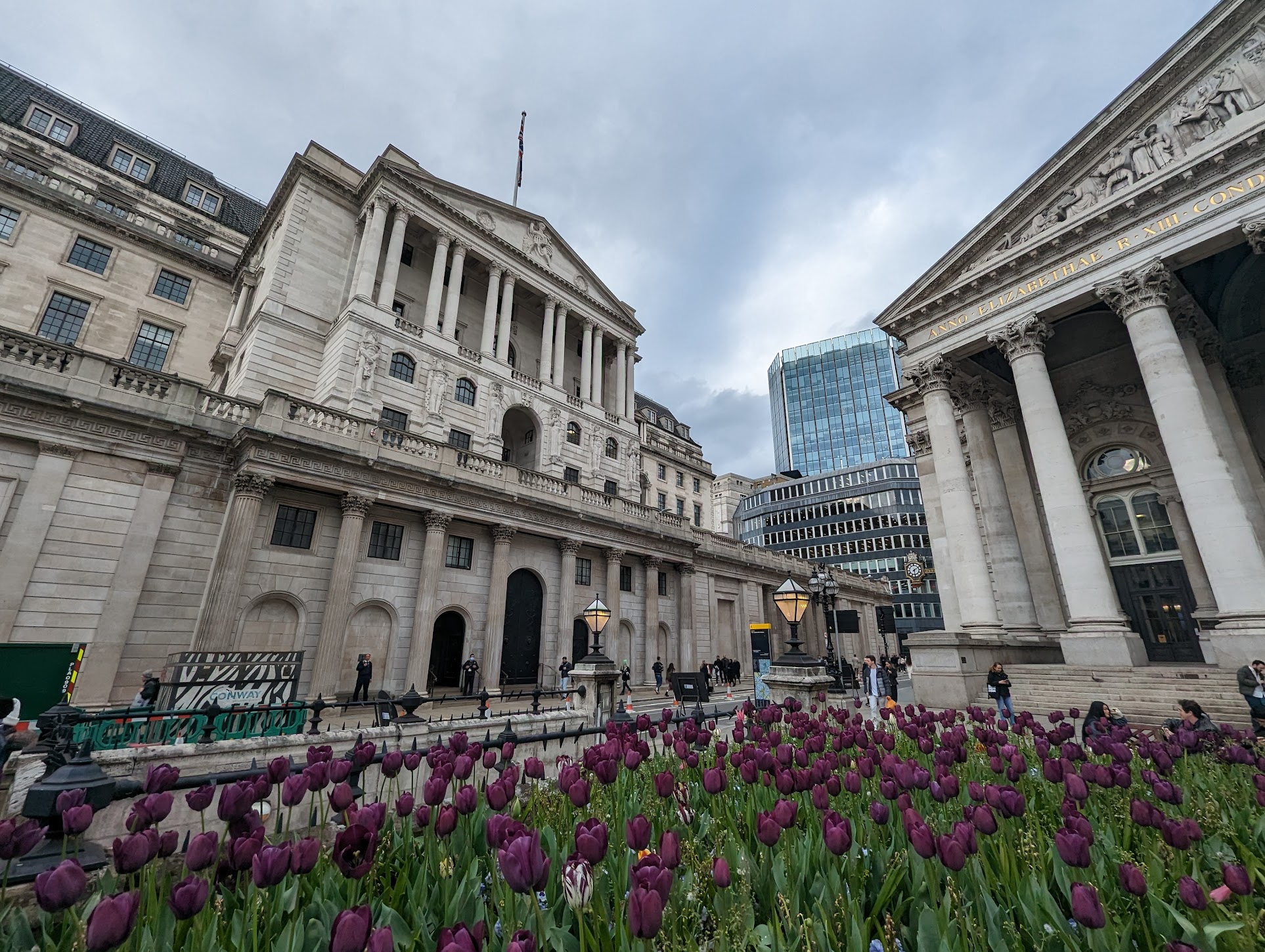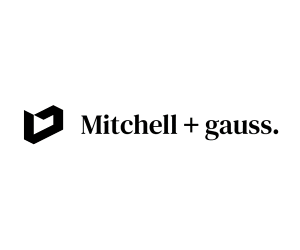UK inflation surprises with January rise to 3%

The Bank of England (credit: George Iordanov-Nalbantov)
UK inflation climbed to 3% in January, exceeding forecasts and presenting a challenge for the Bank of England (BoE).
The Office for National Statistics reported the annual rate of price growth was up from 2.5% in December and higher than the 2.8% predicted by economists polled by Reuters. This figure also represents a significant jump from the 1.7% low recorded in September.
Earlier this month, the BoE acknowledged that price pressures were on a “bumpy path” and projected inflation would reach 3.7% by mid-year, driven largely by increased global energy costs. The central bank anticipates inflation will subsequently decrease to its 2% target.
Janet Mui, head of market analysis at RBC Brewin Dolphin, said: “Today’s inflation data and yesterday’s wage data highlight the persistence of price pressures in the UK.
“The Bank of England has already pencilled in a reacceleration in inflation this year, so this should not come as a surprise to policymakers. At the margin, it is a reminder for the Bank to proceed with caution in terms of rate cuts.
She continued: “The pickup in inflation in January was mainly driven by airfares, motor fuels and higher private school VAT. There were some base effect, temporary and one-off factors at play.
“The Bank has factored in higher inflation in 2025 mainly due to household bills, so the development is within expectations. Meanwhile, there were weak price pressures in categories like clothing and household goods, which could be symptoms of cautious discretionary spending.”
Ms Mui concluded: “It is hard to justify a rate cut in March when services CPI is 5% and wage growth is 6% year on year, while GDP and employment data have been better than thought as of late. The policy direction will be driven by the Monetary Policy Committee’s judgement between averting growth risks versus containing inflation.
“For now, the priority is inflation. But things may change throughout the year as business surveys are overwhelmingly negative. Market reaction is relatively muted and bond traders continue to price in about two more rate cuts by the end of 2025.”










